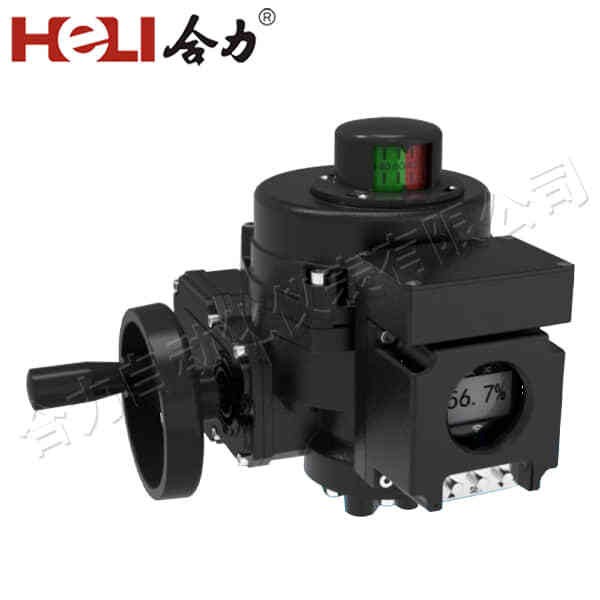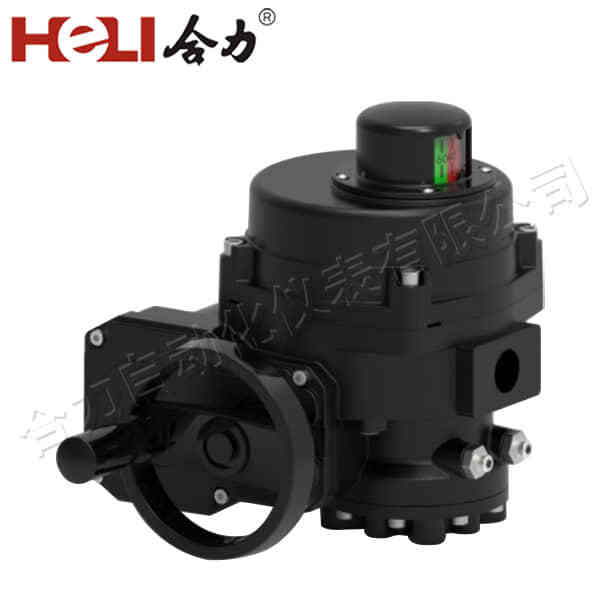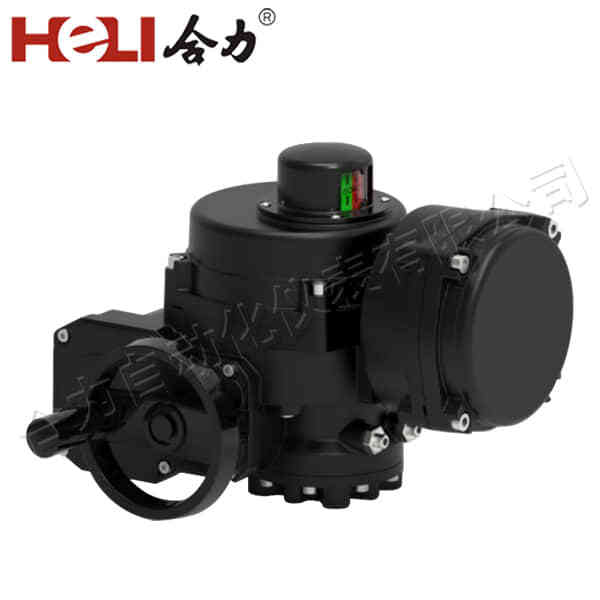Electric actuator valves are integral components in modern automation systems, providing precise control over fluid flow, pressure, and temperature. These valves, powered by electric actuators, are widely used in industries such as chemical processing, oil and gas, water treatment, HVAC, and energy production. In this article, we will explore the basic structure, working principles, advantages, and applications of electric actuator valves, offering insight into why they are essential for optimizing processes in industrial settings.

1. What Are Electric Actuator Valves?

Electric actuator valves consist of two primary components: the electric actuator and the valve itself. The electric actuator, usually driven by an electric motor, receives signals from a central control system such as a PLC (Programmable Logic Controller) or DCS (Distributed Control System). Based on these control signals, the actuator adjusts the valve’s position to regulate the flow of fluids, gases, or steam in pipelines. The valve types used in conjunction with electric actuators can vary widely, including ball valves, butterfly valves, globe valves, and gate valves. The actuator’s role is to precisely open or close these valves, depending on the required flow rate or system pressure.
